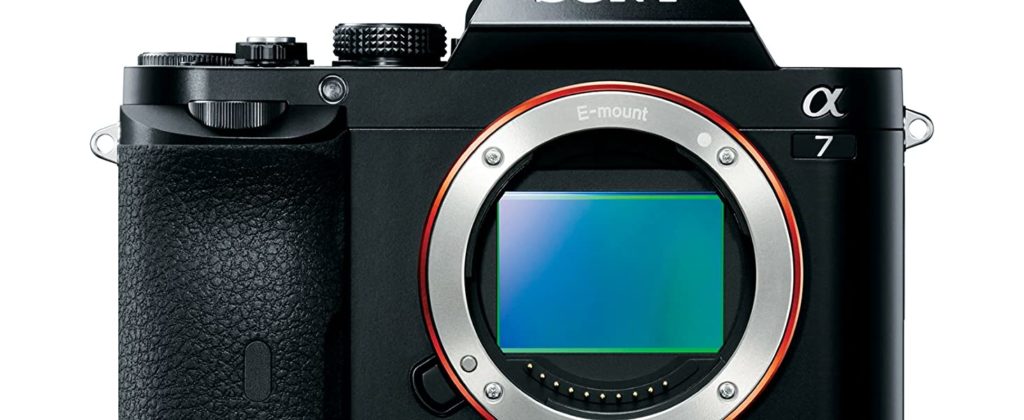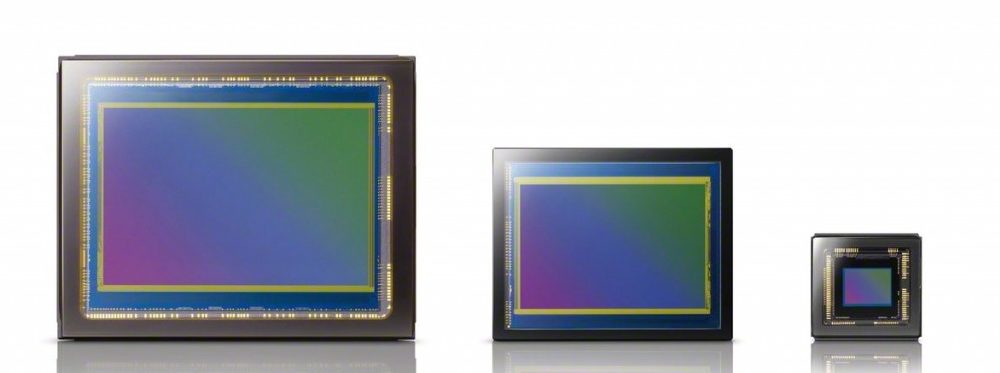Camera sensor size
Compared to the older generation of cameras, modern models have a small number of mechanical components. In the new devices they were replaced by digital components. Only the process of frame formation remains the same, which consists of transferring a beam of light to a physical medium. In old devices, its role was played by film, in modern ones - by a matrix.
Few non-professional operators know that the sensor has an actual size, and some mistake it for resolution. Meanwhile the physical size of the matrix is one of the most important characteristics of the device, which directly affects the color rendition and clarity of the resulting image.
The content of the article
What are the matrix sizes?
One of the main elements of the device is manufactured using various technologies and can have different aspect ratios. Below are the most common sizes.

½.3 inches
This is the smallest option, equal to 6X5 mm. A part of this size can be found in all inexpensive modern models. As a rule, ½.3 resolution does not exceed 20 megapixels.
This is the layout that was popular some time ago. Today, many manufacturers have begun to pay more attention to amateur photography and equip cameras with large elements.
Despite the low quality of the resulting images, the device has one undeniable advantage. The compact format allows you to use the gadget together with a long-focal lens, such as a miniature superzoom. In a similar situation, for a device with a large digital component, you will have to purchase a bulky lens. However, in order to get a more or less high-quality photo using technology, you will need to provide good lighting.
1/1.7 inch
The aspect ratio is 7.5X5.5 mm. With this kind of device it is easier to get a high-quality shot than with the previous option. In addition, the sensor format provides acceptable performance in both light and shadow. Previously, such models were the most common among non-professionals. Now they have been replaced by larger options.
1 inch
The dimensions of this variety are 13X8 mm. Today, this kind of format can be found on most modern devices, and the design features have made it possible to maintain the compactness and light weight of the device. This option is even used for some smartphones, for example Panasonic CM1.
Devices with an inch matrix provide higher quality shooting compared to previous options. Even compact devices equipped with such an element have a maximum aperture, due to which a large amount of light enters the sensor. This means that the photographs will be clear.

4/3
It has dimensions of 17X13 mm. Can be found in most small SLR cameras.
APS-C
The aspect ratio is 24X18 mm. Used in semi-professional and professional models. The reason for its popularity is the optimal price-quality ratio.
Fullframe
It has dimensions of 36X24 mm - a full-frame version measuring 35 mm. The element is quite expensive to manufacture, therefore it is found only in professional gadgets.
Medium format
Aspect ratio – 60X45 mm. Structurally, they consist of a number of smaller digital elements, which directly affects the high price of the products. Can be found exclusively in “very cool” and expensive devices.
Table: matrix dimensions

What does matrix size affect?
Having understood the aspect ratio, it is worth mentioning what parameters they influence:
- Dimensions. The size of the device itself directly depends on the installed components. Accordingly, the larger the part, the larger and heavier the device will be.
- Digital noise. The characteristic has a significant impact on the image quality, and at low settings it can ruin it. Visually, it looks as if a grid consisting of microscopic dots and scratches was superimposed on the photo. A defect may appear due to a malfunction of the device, a small number of pixels, or a small digital component. After all, the larger the latter, the greater the amount of light received by it. This means the final image will be more natural and of higher quality.
- Color depth. This parameter shows how fine shades the device can detect. The higher the value of this characteristic, the smoother and more natural the images will look to the human eye. This is especially noticeable when shooting almost monochromatic compositions.
It is worth keeping in mind that a small element receives a minimal amount of light.This means that the transmission will have to be amplified, which negatively affects the final result - along with the increase in useful data, the amount of digital noise also increases.
Which size is better to choose
If you want to photograph “everything” without thinking about color rendition and high resolution of frames, you can purchase any “point-and-shoot” type device with a miniature sensor. The absence of bells and whistles, various manual settings, and automatic mode make such models most suitable for amateurs.
To get frames of acceptable quality, you should pay attention to options with a medium aspect ratio. Such models are inexpensive, but they have a number of additional functions that allow more precise adjustments.
More opportunities are provided by a compact mirrorless product equipped with a superzoom. Despite its small dimensions, the device allows you to create original scenes at a considerable distance from the object. Great option for travelers!
The best quality photos can only be achieved with an expensive DSLR camera with a large digital sensor. However, the use of such devices causes difficulties due to the dimensions and weight of the device. Therefore, DSLRs are more suitable for professional operators.
In conclusion, we can conclude that the larger the digital element, the better the quality of the pictures, but the cost of such gadgets is also higher. Therefore, you need to choose a camera taking into account your specific goals and wallet.





